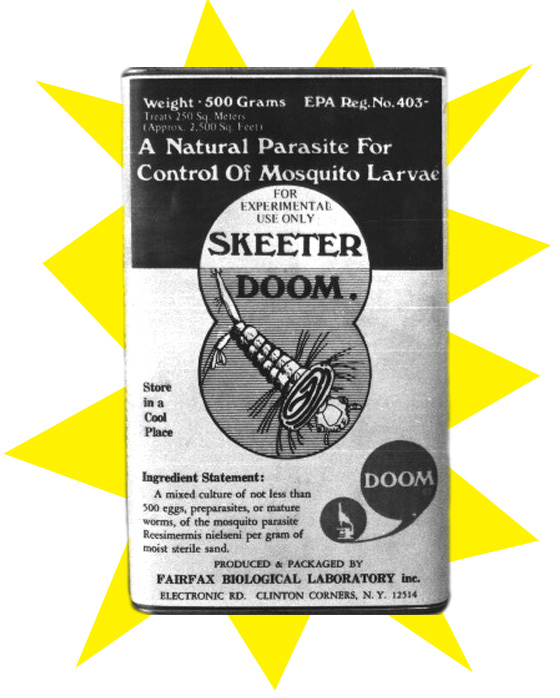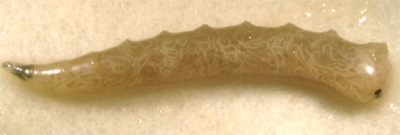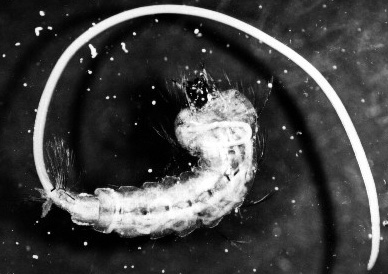 |
Nematodes
are one of the most abundant groups of living animals, and although morphologically
they are very simple, they have exploited a wide range of diverse habitats
including invertebrates. Nematodes are usually considered pests because
of the diseases they cause in humans and animals and the economic impact
they have on many agricultural
products. There are, however, a small but significant
number of beneficial entomogenous nematodes, i.e., nematodes associated
(often parasitically) with insects. In addition to insects, nematodes can
parasitize spiders, leeches, annelids, crustaceans and mollusks. Some of
these entomopathogenic (insect-parasitic) nematodes are of considerable
interest because of their potential as biological control agents of pest
insects. If the nematode attacks
an insect pest; kills or hampers the development of the
insect host; and is capable of mass production it can be used as an effective
biological control agent.
Nine families of nematodes (Allantone-matidae, Diplogasteridae, Heterorhabditidae, Mermithidae, Neotylenchidae, Rhabditidae, Sphaerulariidae, Steinernematidae, and Tetradonematidae) include species that attack insects and kill or sterilize them, or alter their development. |



